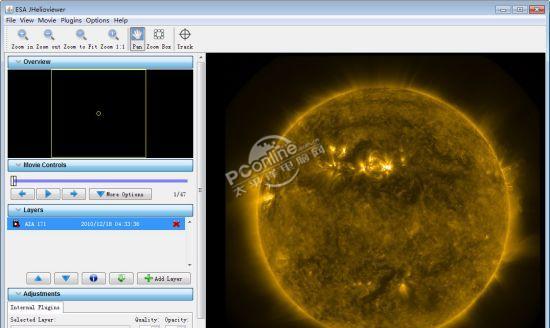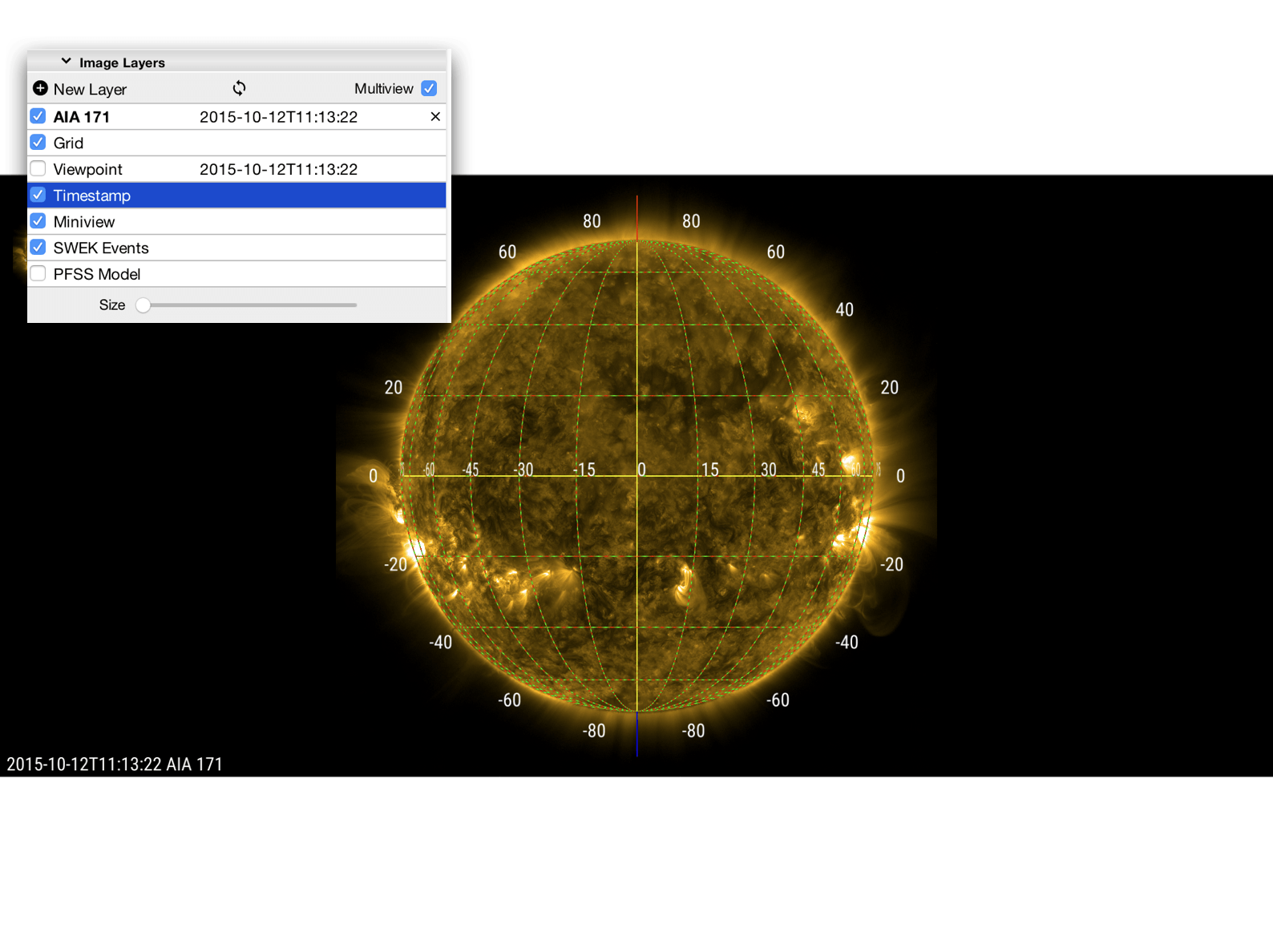

Currently, the most developed model of the FIP effect suggests that the effect is a result of the ponderomotive force, arising from the reflection/refraction of magnetohydrodynamic (MHD) waves, acting on plasma ions but not neutrals ( 6, 14). Observations in situ suggest that intermediate FIP elements such as S (the high FIP element with the lowest FIP) behave differently on open and closed magnetic field lines ( 13), making abundance ratios such as Si/S potentially more useful diagnostics than others such as Fe/O. In particular, the SEP/solar wind–to–photospheric abundance ratio pattern as a function of FIP is different, and the magnitude of the enhancement for some element ratios is also different ( 13). In situ measurements of SEP and solar wind abundances suggest otherwise. To date, however, there have been no EIS studies of the sources of SEPs or any investigation of what specific features in a solar active region (AR) could be sources.Ī key question is whether the coronal material that seeds the SEP population during large, gradual events-those with high ion fluxes and the greatest impact on near-Earth space infrastructure-originates from the same source locations as the solar wind and is simply shock-accelerated later by CMEs. The plasma composition studies have used measurements from the Hinode ( 11) Extreme-ultraviolet (EUV) Imaging Spectrometer (EIS) ( 12) to track sources of the slow solar wind interacting with the Advanced Composition Explorer (ACE) observatory. Several simple comparisons have been made in the past ( 7, 8), and more recently, back-mapping and magnetic field extrapolations have been developed ( 9) and tested on composition data ( 10) to support the inner heliospheric missions over the next several years. This FIP effect is thought to operate in the chromosphere and is also widespread on stars other than the Sun ( 6).įor solar wind and SEP connection studies, plasma composition is central to linking the in situ data to solar sources. Elements such as Fe, Ca, and Si are enhanced to varying degrees (usually factors of 2 to 4) compared to elements such as C, N, and O ( 5). A separation (fractionation) of ions and neutrals takes place that preferentially enhances elements that are easier to ionize in the corona, solar wind, and SEPs. One important tracer of mass flow through the solar atmosphere is the elemental abundance (plasma composition). The missions of the Heliophysics System Observatory are essential tools to understand the whole Sun-Earth coupled system. Field reversals that we see close-in where the probes operate are different than what we see at Earth ( 4). For an operational space weather predictive capability, we still need to understand what happens in the near-Earth environment. The discovery of magnetic field reversals, dubbed “switchbacks” ( 3), raises questions about the extent to which we can connect activity seen at Earth with dynamics in the source regions on the Sun.

#Jhelioviewer python psp#
Already the new measurements from PSP are fundamentally altering long-held views. The recently launched Parker Solar Probe (PSP) ( 1) and Solar Orbiter ( 2) missions will investigate the Sun from a closer vantage point than ever before, allowing further insights into these basic processes.

From a space weather perspective, we must elucidate the mechanisms that drive solar flares, coronal mass ejections (CMEs), and solar energetic particles (SEPs). We need to understand and characterize the processes that form and heat the solar atmosphere and accelerate the solar wind into the heliosphere. One of the central goals of heliophysics is to understand the origins of solar activity and predict its impact on the terrestrial space environment. This source material is continually released from magnetic confinement and accelerated as SEPs following M-, C-, and X-class flares. The plasma confined closest to that region, where the coronal magnetic field strength is high (a few hundred Gauss), develops the SEP composition signature. Our results localize the elemental fractionation process to the top of the chromosphere. We show that the elemental composition signature detected spectroscopically at the footpoints explains the measurements made by particle counting techniques near Earth. Here, we use multi-messenger observations from the Heliophysics System Observatory to identify plasma confined at the footpoints of the hot, core loops of active region 11944 as the source of major gradual SEP events in January 2014. Shock waves associated with fast coronal mass ejections (CMEs) accelerate solar energetic particles (SEPs) in the long duration, gradual events that pose hazards to crewed spaceflight and near-Earth technological assets, but the source of the CME shock-accelerated plasma is still debated.


 0 kommentar(er)
0 kommentar(er)
